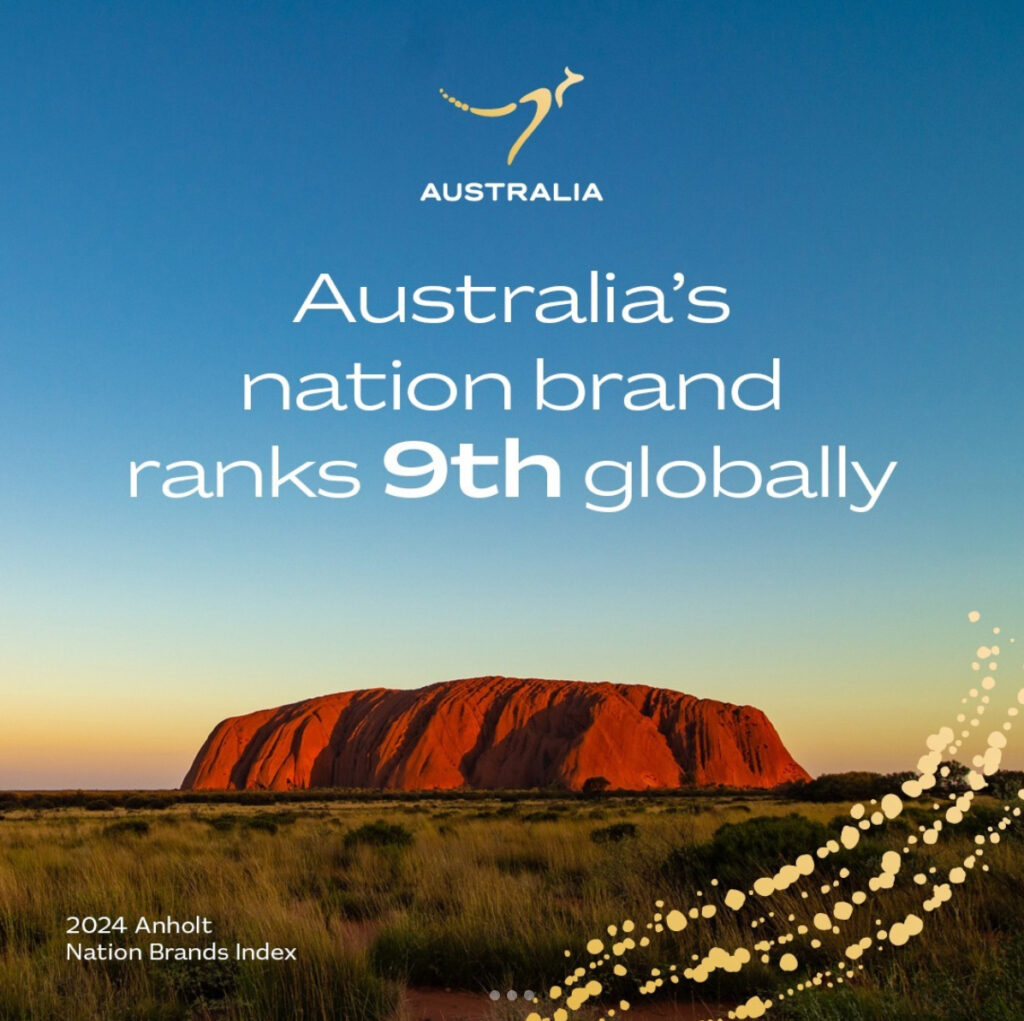by Hecson Olguin
Nation branding, the way countries present themselves externally, is deeply connected to how they shape internal perceptions, foster national pride, and influence daily behavior. Nation branding can center on symbolic leaders, political ideologies, or natural and systemic assets. Each approach uniquely defines a nation’s brand identity.
Over the past three months, I lived in Thailand, Vietnam, and Australia, three countries that couldn’t be more different in how they present themselves to the world. My goal wasn’t just to visit but to observe, feel, and try to understand these distinct nation brands.
What struck me was not only how each country communicates outwardly, but how these branding systems affect everything from expressions of national pride and architectural design to the way culture is marketed to both locals and visitors.
Power through presence: Buildings, ads, and symbolism
Walking around Thailand, it’s hard to ignore the scale and style of its government buildings. They feel grand, ceremonial, often incorporating gold, ornate details, and references to monarchy. Even modern public buildings seem to echo a kind of majestic reverence, constantly pointing back to the king. There’s an undeniable sense of “show”—a country that knows the power of branding and isn’t afraid to flex it. Consumer advertising here is everywhere: sleek, polished, and seemingly unified in tone, reinforcing a cohesive national image.
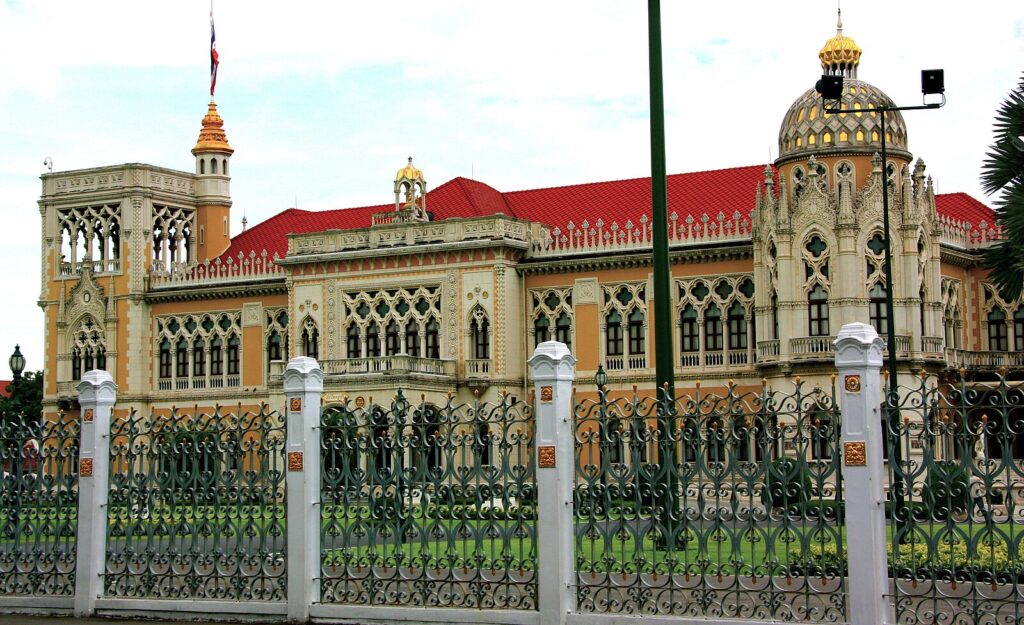
Vietnam, by contrast, presents a more austere public face. Government buildings are simpler, more functional, often built in a style that feels more military than ceremonial. There’s no single figure dominating the landscape, although Vietnam’s founding father Ho Chi Minh still appears on all currency. Instead, it’s the Communist Party that takes center stage, its symbols and messaging woven into streets, posters, and public spaces. Consumer advertising exists, but it’s more uniform and less omnipresent than in Thailand, focusing on collective ideals rather than individual consumer appeal.
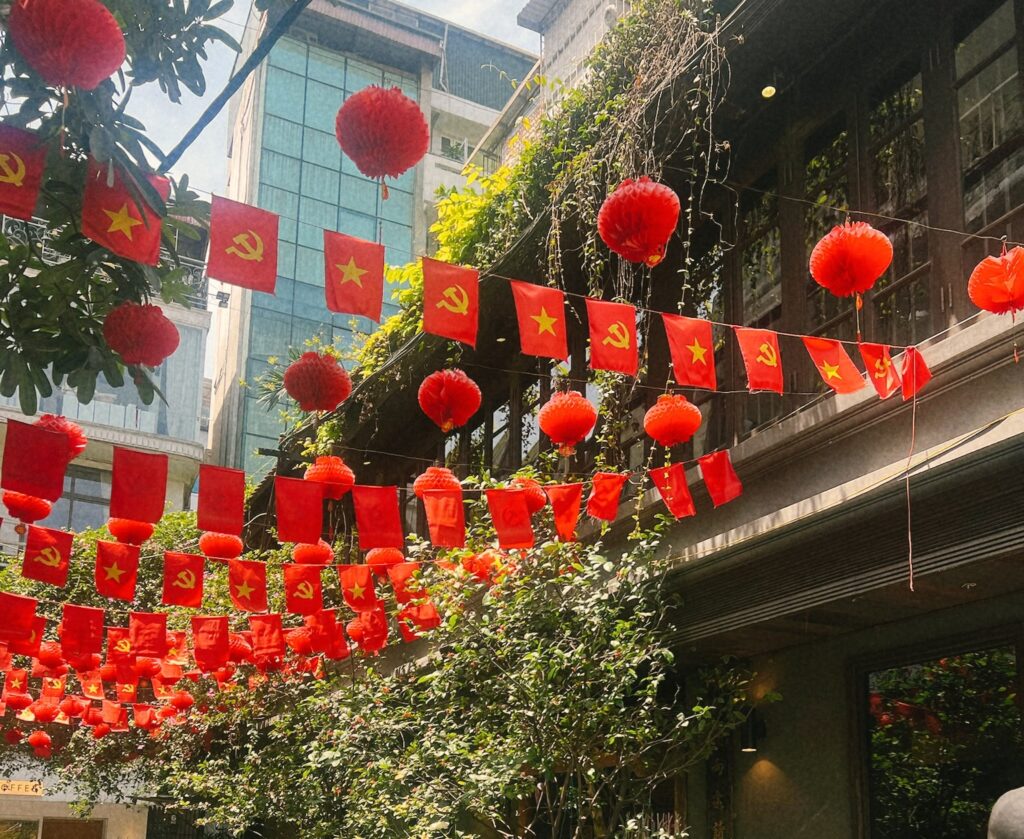
Australia takes a different route entirely. Government buildings are minimalistic, clean, and modern, following a consistent architectural language that reflects transparency and progress. Instead of rallying around a leader or ideology, the country’s identity is communicated through lifestyle, environmental stewardship, and innovation.
Consumer advertising here is digital-first, highly targeted, and often focuses on tangible benefits—whether health, sustainability, or local culture—aimed at specific audiences. The branding emphasizes individuality and quality of life rather than national pride per se, showcasing a society confident in its natural assets and systemic progress.
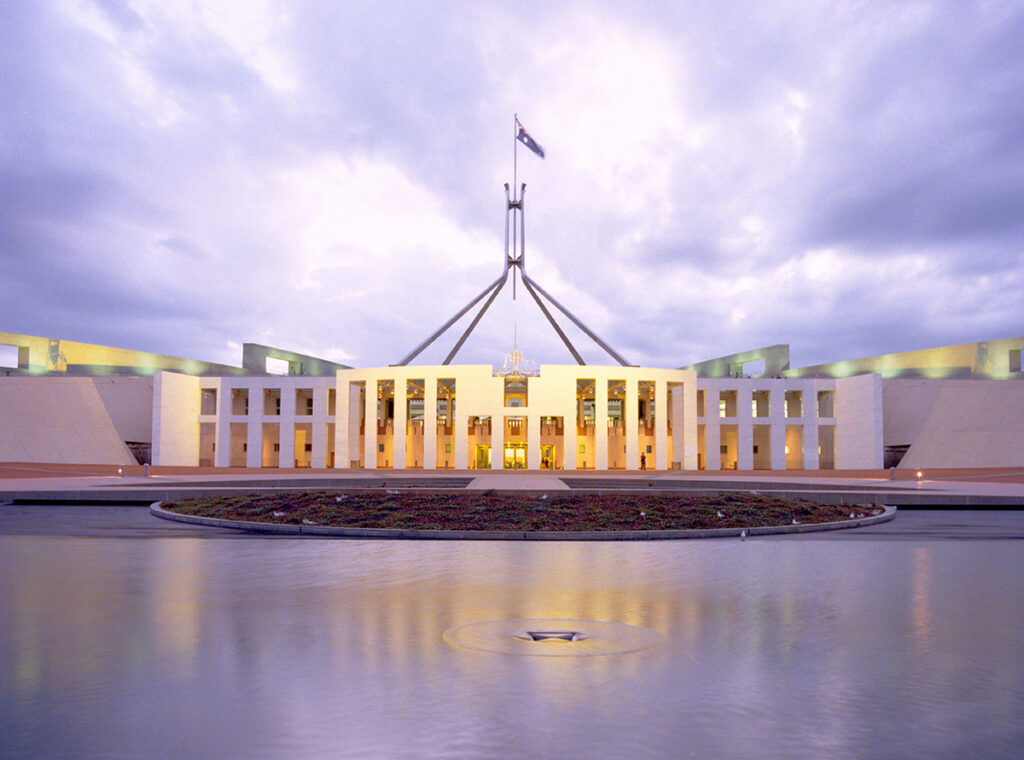
What national pride looks like
Thailand pulses with cultural pride. Whether it’s in dance, language, or food, there’s a deep-rooted celebration of tradition, always orbiting quietly around the monarchy. It’s not nationalism in the traditional sense, but more a form of monarchism: reverence anchored in a living, unifying symbol. Thailand’s national leans heavily on cultural richness, projecting an image of harmony, and spiritual continuity.
Thailand pulses with cultural pride. Whether it’s in dance, language, or food, there’s a deep-rooted celebration of tradition, always orbiting quietly around the monarchy. It’s not nationalism in the traditional sense, but more a form of monarchism: reverence anchored in a living, unifying symbol. Thailand’s national leans heavily on cultural richness, projecting an image of harmony, and spiritual continuity.
Vietnam’s national pride is more historical and ideological. The dominant narrative, reinforced by government messaging focuses on resilience, self-reliance, and development under the Communist Party. Ho Chi Minh remains a symbolic figure of unity and sacrifice, present in imagery and memory more than in daily speech. Nationalism here feels active, built on a collective memory of struggle and progress, with a strong emphasis on social unity and forward motion.
Australia, by contrast, communicates national pride less through symbols and more through systems. Their nation brand strategy centers on innovation, nature, and trust, avoiding political icons entirely. There’s no central figure on bills, no ideological slogans in public view. Instead, national pride comes through infrastructure, sustainability efforts, and a well-run public sector. It’s quiet but grounded, a confidence in competence, in being a “developed” and reliable nation.
Nation branding for business vs. tourism
Nation branding often faces the challenge of balancing tourism appeal with business credibility. Thailand capitalizes on its cultural richness, campaigns like “Amazing Thailand” emphasize festivals, wellness, and warmth, all steeped in tradition, while celebrity endorsements and global media visibility push its appeal further. Yet beneath this is a government-driven effort to parlay cultural charm into economic influence, positioning Thailand as a modern, creative hub.
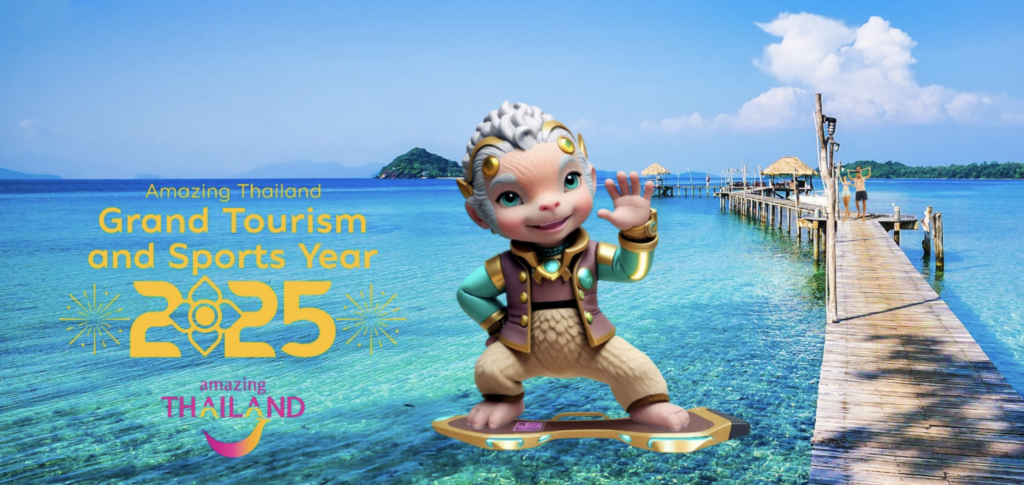
Vietnam takes a dual-track approach: “Vietnam – Timeless Charm” draws visitors with heritage and hospitality, but its business face is pragmatic. It highlights competitive advantages like skilled labor and infrastructure to market itself as Southeast Asia’s manufacturing engine. Tourism and business messaging are distinct but aligned under a shared narrative of resilience and future-readiness.

Australia, however, blurs the line entirely. Its nation branding is streamlined: what brings in tourists also attracts investors. Campaigns like “Come and Say G’day” emphasize lifestyle and innovation, while the nation brand mirrors this tone with a clear visual identity. Whether you’re booking a holiday or signing a trade deal, you’re buying into the same promise: stability, creativity, and quality of life.
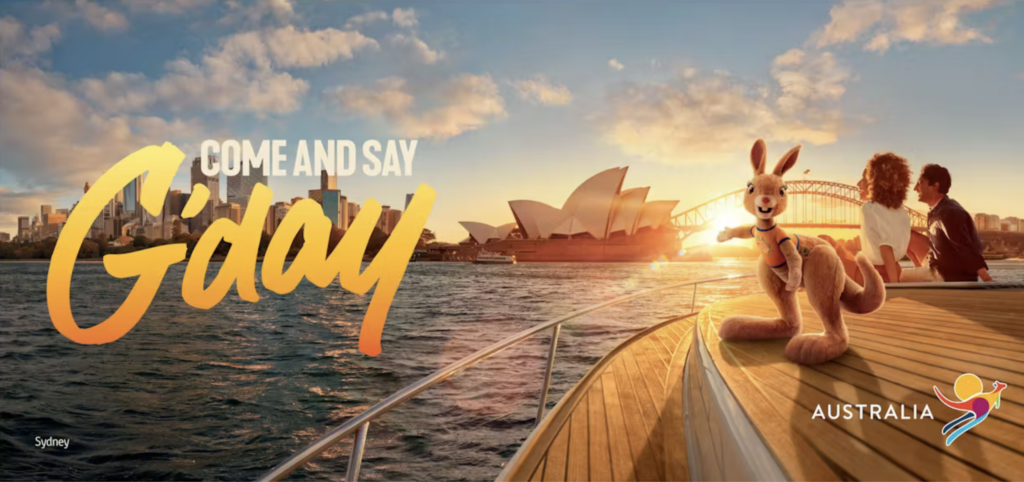
Dual identity: Foreign-facing vs. domestic nation brands
A nation brand speaks not only in one direction, but two: outward to the world, and inward to its own people. Thailand’s brand excels in external appeal, its visual identity is cohesive, colorful, and instantly recognizable. Yet this external polish can sometimes feel more like theatre than reality. The spiritual symbols and curated traditions work well abroad, but locals may not experience the same unity in daily life.
Vietnam’s identity is split, but intentionally so. Inside the country, the brand leans into ideology: flags, revolutionary figures, and national pride. Outside, it is softer imagery: street food, motorbikes, friendly locals. These aren’t contradictions, but targeted narratives. Vietnam understands that branding is contextual, and it adapts accordingly.
Australia, by contrast, minimizes the gap. What foreigners experience, is largely what locals live. There’s little reliance on mythology or performative patriotism. Instead, its brand is rooted in lived experience. This alignment lends Australia credibility: it doesn’t need two faces to speak to two worlds.
Key nation branding takeaway
In branding, we often focus on corporate or product identity, but nation branding operates on a much more complex stage. These three countries reminded us that:
- A central figure (Thailand): can unify and emotionally charge a nation brand, but risks fragility if that figure’s perception changes.
- Ideological branding (Vietnam): can build resilience and national coherence, but must be carefully balanced with outward-facing storytelling.
- Systemic branding (Australia): may lack drama but offers long-term sustainability and credibility, especially when aligned across touchpoints.
Each model has strengths, limitations, and implications for how people engage with the nation brand, whether as residents, consumers, businesses or visitors. The most effective nation brands aren’t just aesthetic, they shape behavior, loyalty, and the narratives that stick.
Living in these countries I could see that a nation brand, like any strong brand, is built over time, and must speak authentically to both their audience and their own people. In the end, it’s not just about how your brand is seen, but how it is felt.
I didn’t just observe different ways of nation branding, I lived inside them. I saw that a nation brand isn’t just for the outside world. It shapes how people see themselves, what they believe, and even how they move through their own streets.
Note: You are invited to explore The Transformation of the Saudi Arabia Nation Brand.
